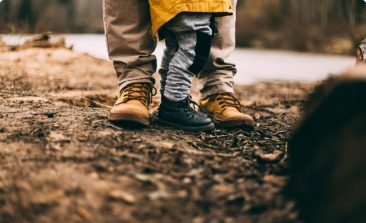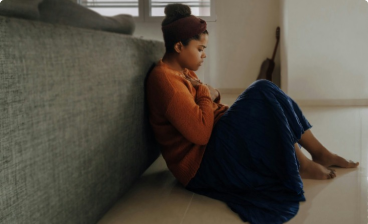Description
Classroom management is the technique by which teachers and schools create a environment to maintain a appropriate behavior of students in classroom settings. The purpose of maintaining classroom management techniques is to enhance prosocial behavior and increase student academic engagement. Effective classroom management requires warm behavior of teacher, general awareness, patience, good timing, boundaries, and instinct. There’s nothing easy about shepherding a large group of easily distractible young children’s with different skills and temperaments along a meaningful journey of education.
Effective classroom management techniques :
Try to Establishes and sustains an learning environment in the classroom. Increases meaningful academic education and facilitates social and emotional growth of children. Try to Decrease negative influence and increases time spent academically engaged.
Although effective classroom management produces many positive outcomes for students, the Chaotic classroom environments are a large issue for teachers and can contribute to high stress burnout rates for teachers. Therefore, it is important to use effective classroom management strategies at the universal level in a tested model, as they serve as both prevention and intervention methods that promote the positive and effective outcomes for students.
In a particular class everyone has peers and they can be your friends who are about your age and have some similar interests and experiences. Peers can also be your classmates who are about your age and are involved in the same activities with you or are part of a community you belong to. You may not consider all of your peers to be friends, but they can all influence you and your daily activities .
So being a teacher Encourage all students to help you build classroom expectations and rules, as you’ll generate more buy-in than just telling them what they’re not allowed to do.
This is very essential for new teachers. Near the start of the new Academic year or during the first day of a semester, start a discussion by asking students what they believe should and shouldn’t fly in terms of appropriate behavior.
Peer pressure can have both positive and negative impacts. When peer pressure is positive, it pushes you towards your best. Negative peer pressure is when someone who is a friend or part of a group you belong to makes you feel that you have to do something or please others to be accepted. It’s this negative peer pressure that we generally think of when the phrase peer pressure is used. When you give in to negative peer pressure, you would often feel guilty or disappointed with yourself for being in a way that goes against your beliefs or values.
Wanting to ‘fit in’ with a particular kind of people and be accepted by their peers is a powerful motivator for children to indulge in inappropriate, illegal activities, and sometimes even dangerous behaviour. Cheating in exams, shoplifting, vandalizing public property, smoking , drinking and doing drugs, consuming alcohol, taking part in bullying or eve-teasing, having sex, etc. are all activities that are usually undertaken by the youth who want to fit in with the crowd and become popular. If these activities go undetermined by the parents, the children’s lives could go on a downward spiral and studies could go for a large toss. That is why, it is important to look out for concerning behaviours by children and educate them about peer pressure and how to overcome it.
Some examples of negative peer pressure are:
- Strong urge to dress or act a certain way.
- Cheating or copying someone else’s work during the exam or letting others copy your work.
- Not including other people in social activities.
- Taking high risks when driving.
- Taking drugs or alcohol.
- Shoplifting or stealing while shopping.
- Engaging in wrong sexual activity.
- Engaging in cyberbullying.
- Projecting a wrong image on social media.
Top tips for supporting your students
- Try to Promote positive peer pressure outcomes in your classroom.
- Talk calmly, openly and honestly with your students around what peer pressure is and how it can be used for both positive and negative outcomes. Encourage your students to talk about there pressures they feel to conform, and discuss practical ways to manage this problem.
- Give opportunities to students for practising their communication skills to manage negative peer pressure situations. Role playing and using real-life situation are effective approaches to use.
- Try to Involve parents in discussions around peer pressure as They have an important role to play in talking to their child about peer pressure.
You might also like
Parenting Updates: Subscribe Now!

ALL UPDATES
Go from pregnancy to adolescents with our email bulletins, loaded with reasonable, modern data about bringing up youngsters and taking care of yourself as a parent.
SUBSCRIBE NOW
MOVIE REVIEWS
Find the best motion pictures for your family with our youngster amicable surveys. Search new deliveries and more seasoned motion pictures by age, rating and type.
SUBSCRIBE NOW
MENTAL HEALTH RESOURCES
Is it safe to say that you are an expert working with families? Get data about kid, adolescent and parent psychological well-being and prosperity.
SUBSCRIBE NOW











































